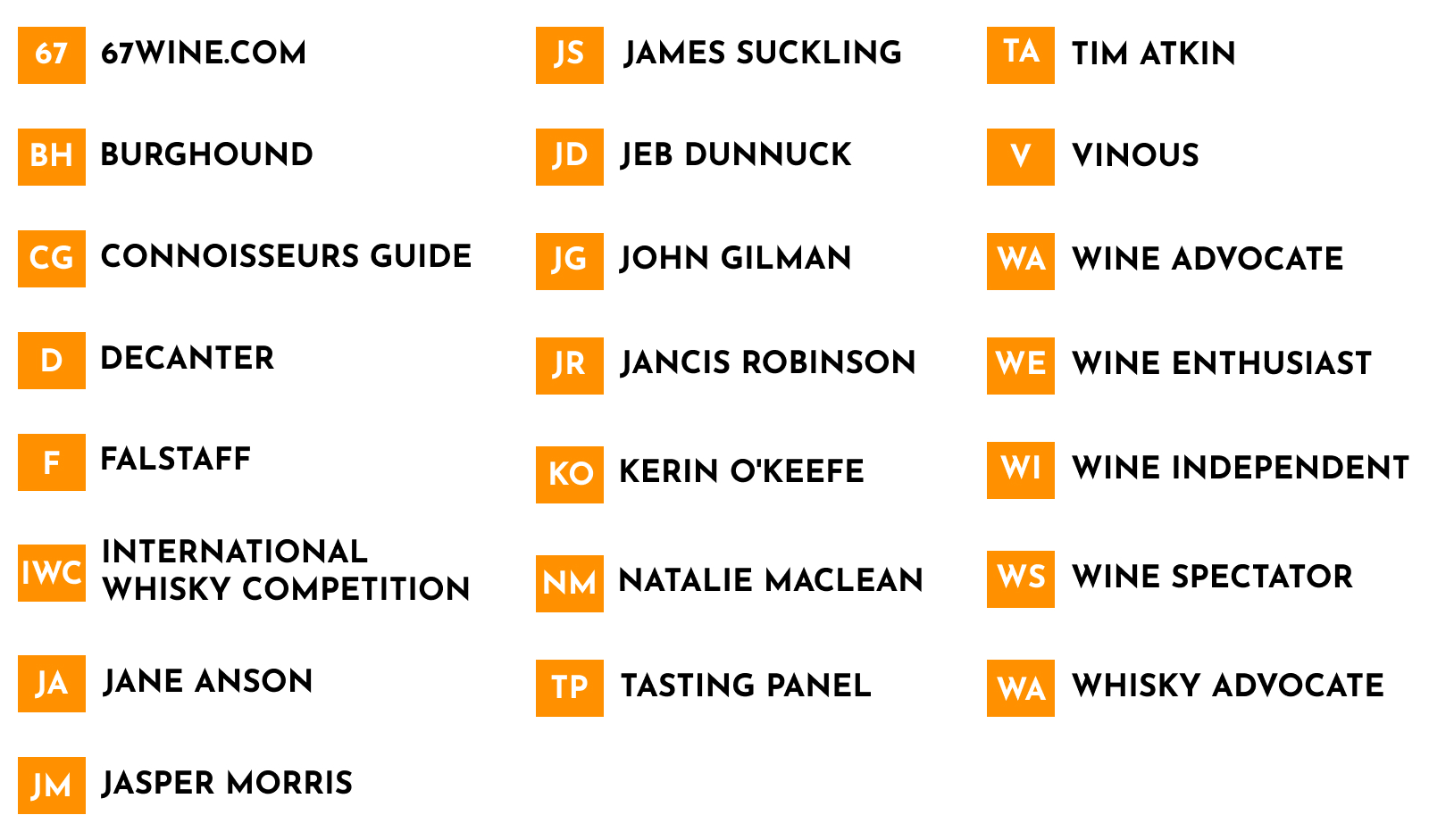Red wine with meat and white wine with fish isn't the end of the story.
It's the traditionalist view, and as a start, it’s not bad. Are there extenuating circumstances with either the dish or the wine? Break the rule!
I want a better rule. Unfortunately, “Red wine with meat or dark sauces or red fleshed fish; white wine with white sauces or white-fleshed fish,” doesn’t roll off the tongue. With the vast array of wines on the market, the old rule doesn’t even get us halfway to choosing a wine. Here are my tips.
Wine as a Sauce
The wine is as much a part of each dish as the sauce. Just as you wouldn’t pour a heavy tomato sauce over a delicate piece of sole, I wouldn’t drink a big California Cabernet with the sole, either. On the flip side, a delicate meuniere sauce would be overwhelmed by a big hunk of grilled steak. Bright, crisp, young Chablis would be equally overwhelmed by a steak. It isn’t just the traditionalist in me that says Chablis and Filet of Sole Meuniere is a match made in heaven.
If you don’t know the flavors of a particular wine, ask us. Our salespeople are here because we love to talk about food and wine. Almost everyone in the wine business feels that way, including the sommeliers at first-class restaurants.
There doesn’t have to be a perfect match of ingredients in the dish to flavors in the wine. I’ve never used a cassis (blackcurrant liqueur) based sauce on my lamb, but we know from tasting that a Cabernet-based wine works wonderfully. We also know that a Tuscan red, such as Chianti or a Brunello, would work as well. If the tomato sauce would be good, the wines made for tomato sauce would generally be good, too.
Foods and Wines Have Homes
Another key tip is that the wines of a place generally go well with the cuisine of that place. A great example is the dry, white wine made where the Loire River meets the Atlantic Ocean, Muscadet. On its own, the wine is light and refreshing, but pair it with fresh oysters or steamed mussels, and, bam! It comes alive. Rare beef? Perhaps an Argentine Malbec. Try a Chateauneuf du Pape with braised meat seasoned with herbs de Provence. You can taste the flavors echoing off each other, amplifying with each bite and every sip.
Does It Bite?
One more thing to take into consideration is the relative sharpness of a dish. Bolder flavors require bolder wines. Italian fare uses a lot of tomatoes and lemons, high-acidity foods. The wines, therefore, need to have high acidity to match. Wouldn’t you know it? Italian wines are generally higher in acidity than most others are, be it red or white. Food with a bite requires wine with a bite.
Simple or Complex
In a simple wine, there is generally one flavor group that stands out. In a more complex wine, there is a wider range of flavors. That wider range will allow the wine to harmonize with the various flavors in the food.
Keep in mind that complex wine will work fine with simple food, but that complex food almost demands complex wine. The more ingredients, and the more flavors that are present in the dish, the less satisfied you are likely to be with a simple wine.
That big, young Cabernet will work beautifully with the plain grilled steak, or with a sauce that echoes the main notes of the wine. When you start making things with more ingredients, you are in essence layering different flavors. You would start looking for older Cabernet, older Bordeaux, or Chateauneuf du Pape for dishes you would pair with red; White Burgundy (including Chablis,) Riesling, Sancerre or Pouilly-Fume will complement white wine dishes. This is by no means an exhaustive list. There are great, complex wines made all over the world.
Some wines begin life more complex than others because they are made from a blend of widely different grapes, so even a younger one will work. All the wines mentioned add more and different flavors as they age. This aging, adding the so-called bottle flavors, makes them more suitable for the more complex dishes.
Now Break the Rules
One of my favorite things about wine is that there is a lot of it. If you think a Zweigelt (an Austrian red) will work well with your cod, go for it! How about Viognier with your corned beef? The worst that could happen is that you’ll have to try something else next time. Isn’t that great?
Oscar Garcia - Wine Buyer



